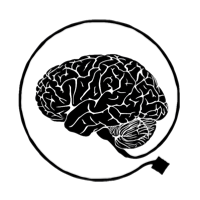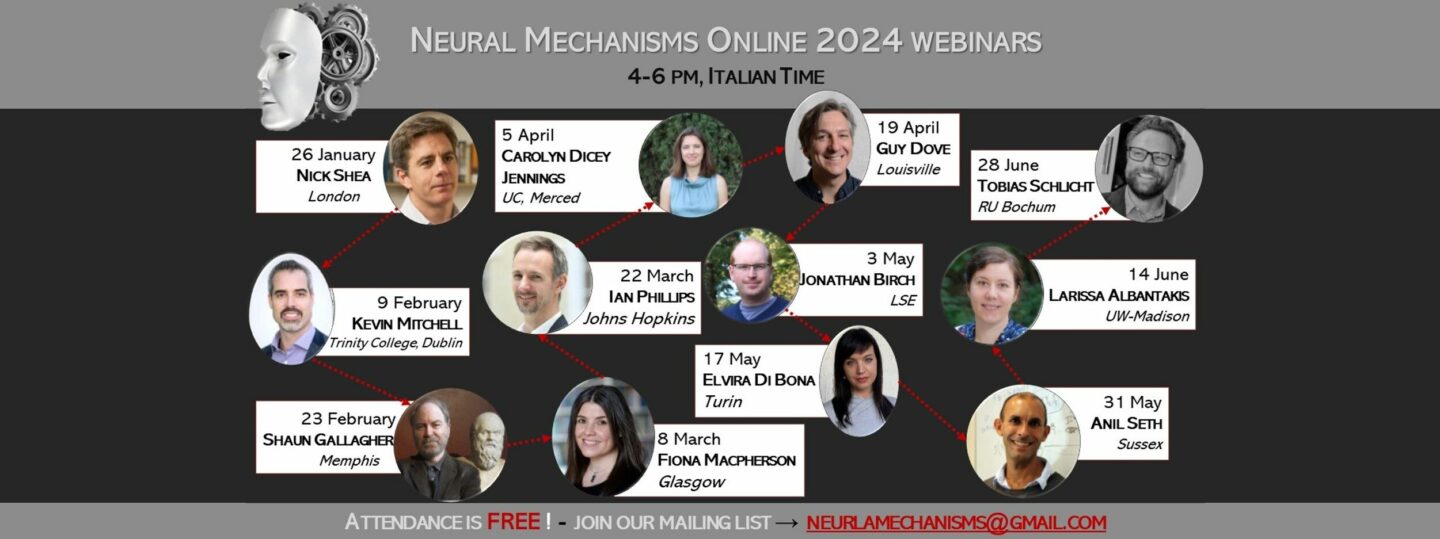Comment on Experience, Phenomenology, and Quantum Mechanics
Andrea Reichenberger Technical University of Munich Philipp Berghofer champions a phenomenological experience-first epistemology und he argues for the justificatory force of experiences. The significance that experience has for our everyday lives seems indisputable. Experience is so much a part of everyday life and everyday language that it seems futile to …



